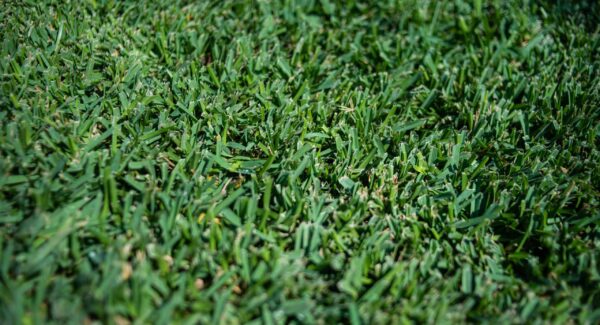Weeds Part 2

Unfortunately, it is not uncommon for weeds to emerge shortly after new grass is planted. Areas that receive new topsoil, have been cultivated, and will be receiving heavy irrigation for new sod establishment are prone to weed growth, even in areas where weeds may not have been growing in the past. Because weeds can spread so many ways, it can be challenging to identify with 100% accuracy where the weed seeds originated, especially the more time that passes from the day of delivery.
Weed seeds may be windblown, dropped by birds, carried in on pets & clothing, spread from neighboring properties, introduced when adding new topsoil, etc. Soil is stored outside, so even when you purchase new soil, it is often contaminated with weed seeds. Further, weed seeds can lay dormant in the ground for years, germinating once the soil is worked and the seeds are exposed to sunlight. This is why it is important to properly remove the weeds before installing the grass, as discussed on our Grass Care page. Additionally, this is why a regular pre-emergent herbicide program is essential for maintaining a weed-free lawn.
All of our turfgrass farms are on a regular maintenance schedule, including preventative pre-emergent and post-emergent herbicide applications. Sometimes excessive rain can prevent us from treating according to our regular schedule; however, once the farms dry out enough to resume harvest & maintenance, we immediately apply both preventative pre-emergent & post-emergent herbicides. The pre-emergent herbicide will kill weeds underground after seed germination and before sprouting, and the post-emergent herbicide will kill targeted weeds that have already emerged.
Before choosing an herbicide, it is necessary to identify the weed(s) in your lawn to ensure you select the correct herbicide. Weeds are classified into three groups: grassy weeds, broadleaf weeds, and sedges. You can use Texas A&M’s guide to help identify the weed(s) and choose the correct herbicide. Please make sure that the herbicide you select is safe for your sod variety before purchasing or applying it. Also, always follow the manufacturer’s instructions, which can be found on the label or online.
Be advised that you cannot spray your new sod with a pre-emergent for at least 90 days post-installation. Additionally, it is not safe to apply a post-emergent herbicide until the grass has established roots and has entirely greened back up (typically, within about 3-4 weeks). In the meantime, please hand-pull as many of the weeds as possible, taking care to remove all plant parts to avoid reemergence. Once your sod is greened up, rooted, and growing, you can treat it with the appropriate herbicide.
Be advised that herbicides will sometimes stress your grass, especially when applied during hotter temperatures. This can vary depending on the chemical. Make sure to check the label for instructions on the ideal temperatures to apply for optimal results and to avoid over-stressing or killing your sod. Also, if your grass is in its first six months of establishing, is dehydrated, or stressed, we strongly advise spot treating the weeds over a broadcast application.
Please contact our office if you still have questions or concerns.
Common Causes:
- Improper Ground Prep
- Contaminated Soil
- Drought-stressed Grass
- Over-irrigation (select weeds, such as Nutsedge)
- Unhealthy Sod
- Incorrect/Lack of Maintenance
- Shade-stress
- Contamination (birds, shoes/clothing, neighboring yard/field, wind, etc.)
Resolutions:
- Hand-pull
- Weed Identification
- Select & Apply Appropriate Herbicide (full app or spot treat weeds)
- Follow-up Application (as needed)
- Seasonal Pre-emergent Herbicide
- Correct Maintenance Schedule





